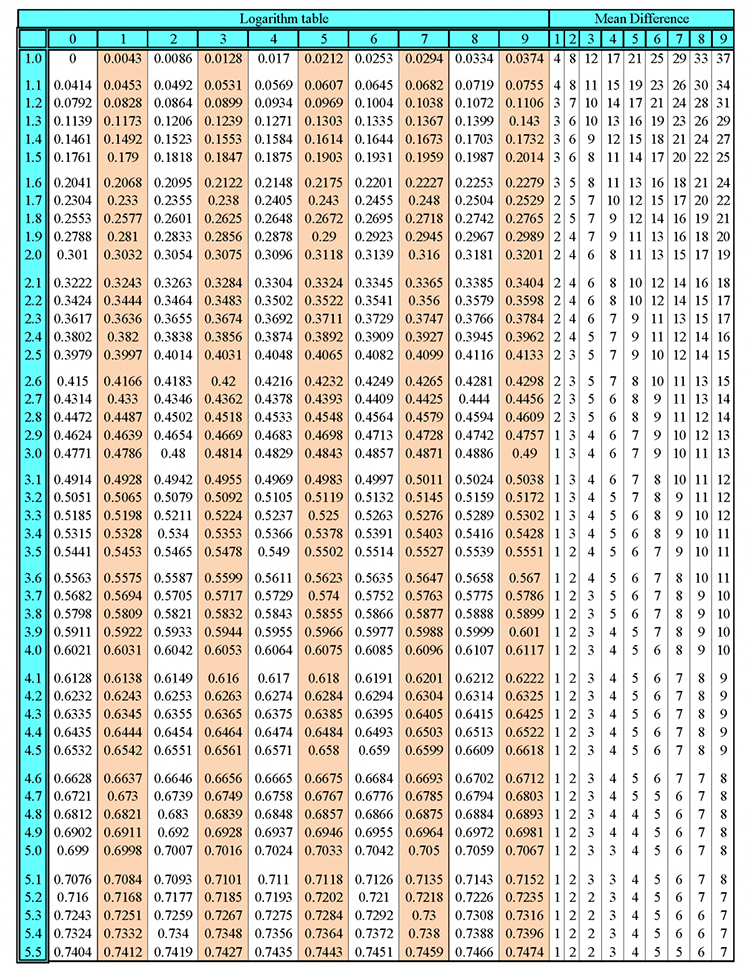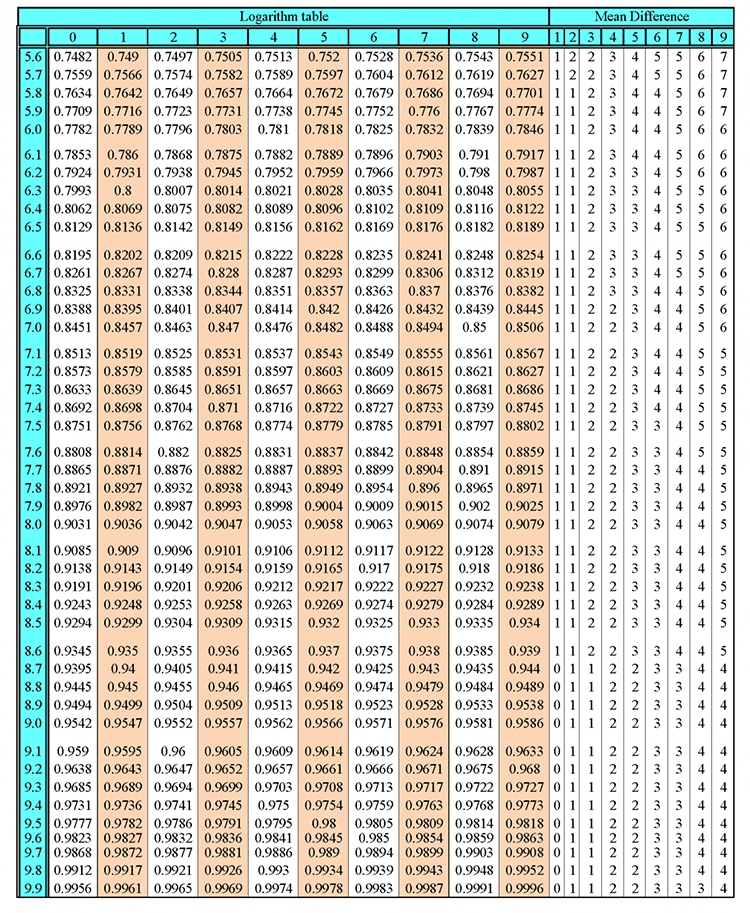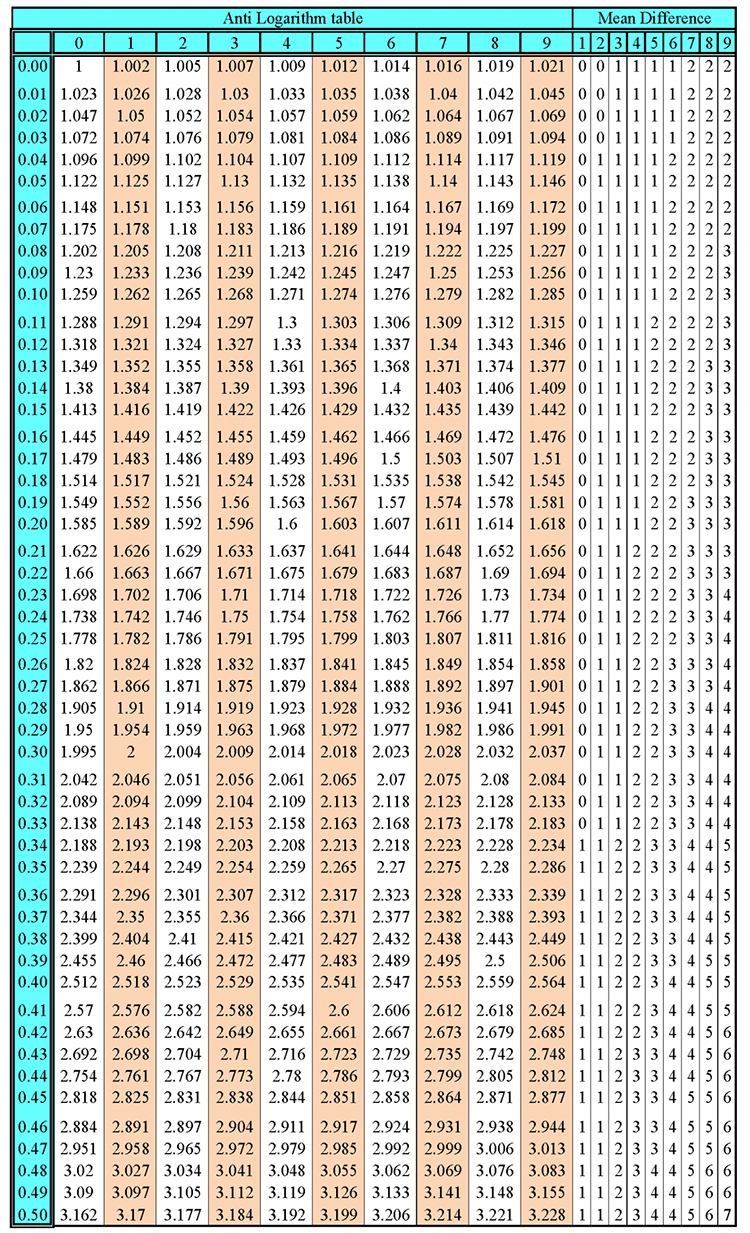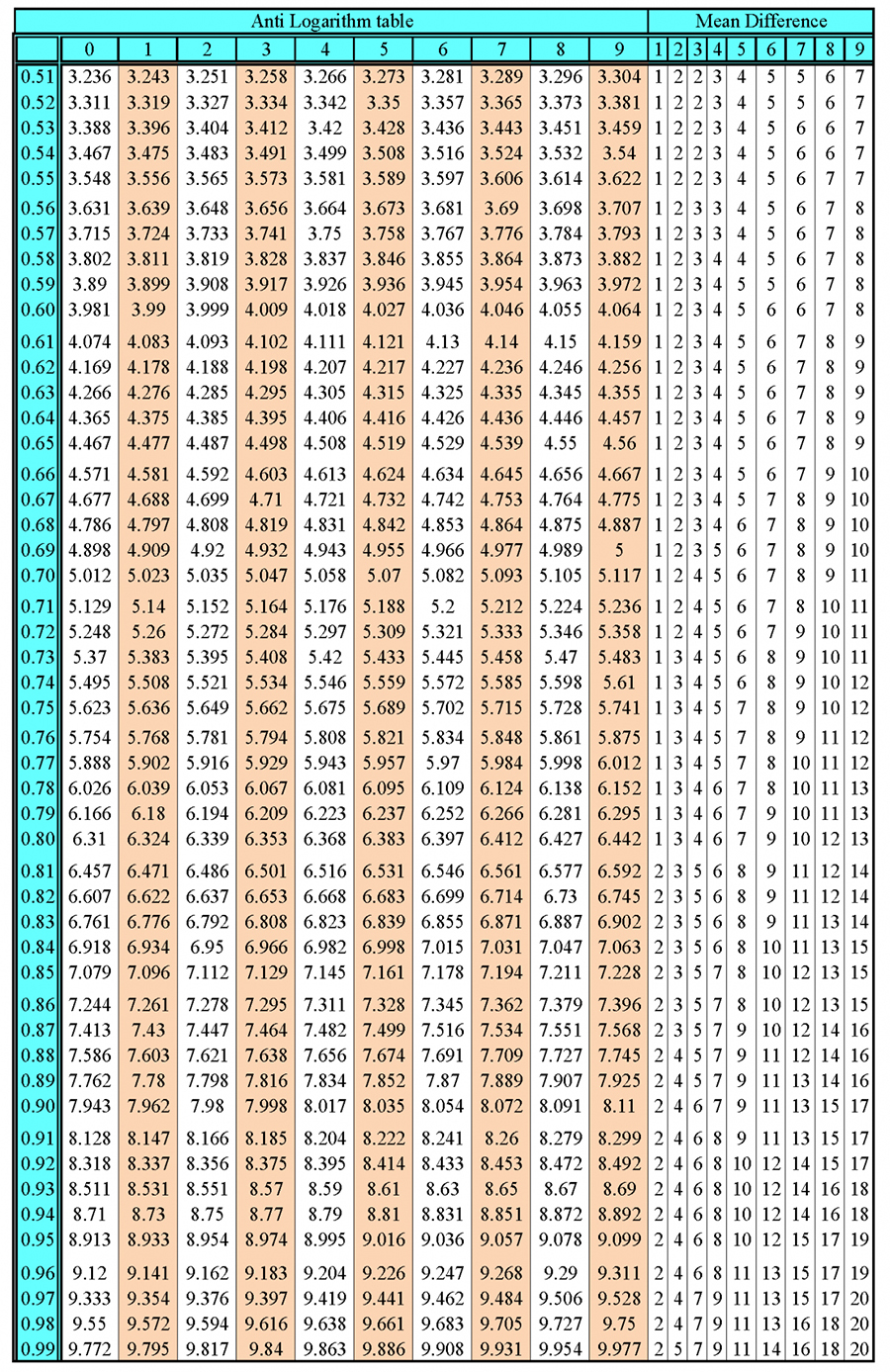Finding a number
Example 1
`48` is `25%` of what number?
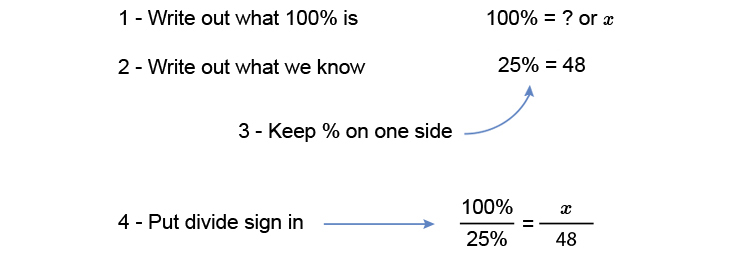
Multiply both sides by `48` to get `x` on its own (what ever you do to one side you do to the other).
`(4\ \ cancel100times48)/cancel25=(xtimescancel48)/cancel48`
`4times48=x`
`x=4times48`
`x=192`
Answer: `48` is `25%` of `192`
Example 2
What is `35%` of `26`?
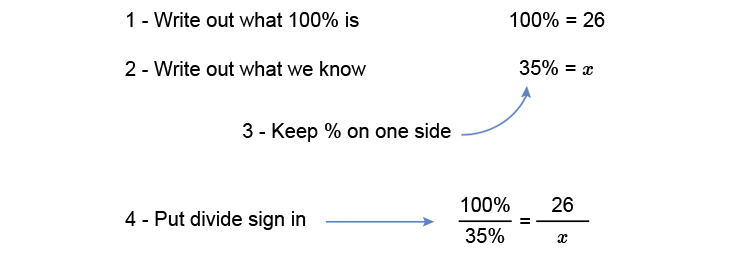
Multiply both sides by `x` to get `x` on its own (what ever you do to one side you do to the other).
`(xtimes100)/35=(26timescancelx)/cancelx`
`(100x)/35=26`
Multiply both sides by `35` to get `x` on its own.
`(100xtimescancel35)/cancel35=26times35`
`100x=26times35`
Divide both sides by `100` to get `x` on its own
`(cancel100x)/cancel100=(26times35)/100`
`x=(26times35)/100`
`x=9.1`
Answer: `9.1` is `35%` of `26`
Example 3
I’m going to buy `£33.50`, excluding tax, worth of food. The sales tax is `19%`. How much tax do I pay and how much will the total bill be?
This is the same as saying:
What is `19%` of `£33.50`?
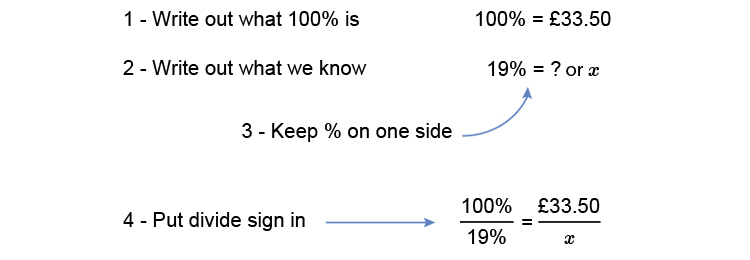
Multiply both sides by `x` to get `x` on its own (remember what ever you do to one side you do to the other).
`(100timesx)/19=(33.50timescancelx)/cancelx`
`(100timesx)/19=33.50`
Multiply both sides by `19` to get `x` on its own
`(100xtimescancel19)/cancel19=33.50times19`
`100x=33.50times19`
Divide both sides by 100 to get X on its own
`(cancel100x)/cancel100=(33.50times19)/100`
`x=(33.50times19)/100`
`x=6.37`
Answer: The tax is `£6.37` and the total price will therefore be `£6.37 + £33.50 = £39.87`
Example 4
A coat costs `£88.00` and is then discounted in a sale by `20%`. How much will the sale price be?

NOTE:
With a discount of `20%` the new price is `80%` of the original.

Multiply both sides by `x` to get `x` on its own (what you do to one side you do to the other).
`(100timesx)/80=(88.00timescancelx)/cancelx`
`(100x)/80=88.00`
Multiply both sides by `80` to get `x` on its own.
`(100xtimescancel80)/cancel80=88.00times80`
`100x=88.00times80`
Divide both sides by `100` to get `x` on its own.
`(cancel100x)/cancel100=(88.00times80)/100`
`x=(88.00times80)/100`
`x=70.40`
Answer: The sale price will be `£70.40`
